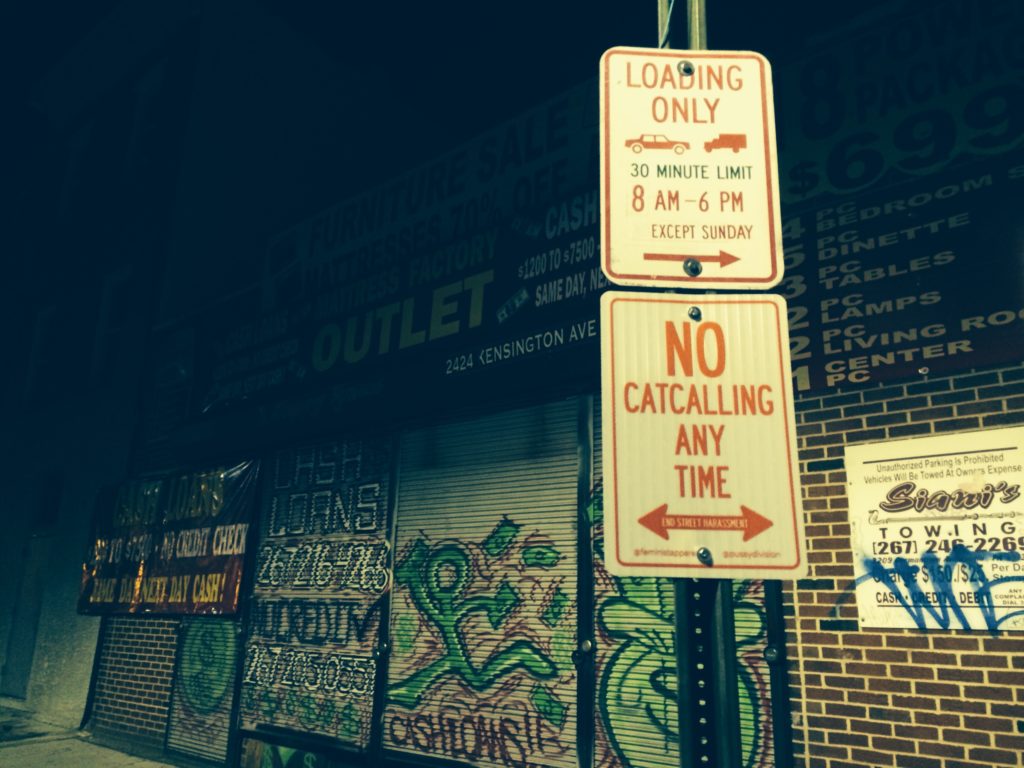It’s International Anti-Street Harassment Week, and this is the tenth year that I am overseeing global action around stopping street harassment!
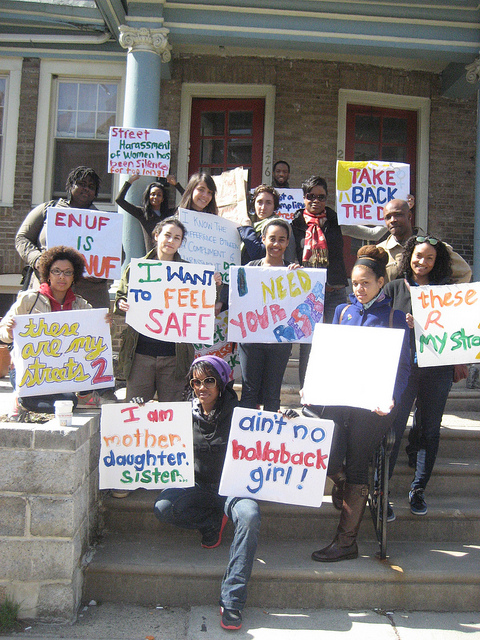
Starting in 2007 with my master’s thesis, I began tracking street harassment activism that was happening around the world. Then I began documenting it on my new Stop Street Harassment blog in 2008 and in my first book in 2010.
In 2011, I thought, wouldn’t be wonderful if all these groups and activists around the world took action on the same day to amplify each other’s work and show this is a global problem?
With just a month notice, I organized a day of action for the First Day of Spring – since warmer weather often brings more street harassment. It was a big success and the overwhelming feedback from participating groups was to make it a full week – and in 2012, it became a week.
The week continued on, with our biggest years of action occurring in 2015 and 2016!
Now, this is our 10th year of organizing global action and it’s our most unusual – right in the middle of a global pandemic!
I appreciate so much our allies and partners who have led actions, organized, created change and educated their communities. It’s been amazing each and every year to see what people come up with, to see what impact their actions have.
You can read the reports about what happened in 2019 | 2018 | 2017 | 2016 | 2015 | 2014 | 2013 | 2012 | 2011
How will you take part this year?
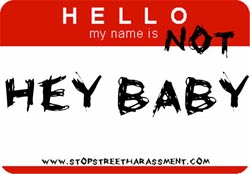
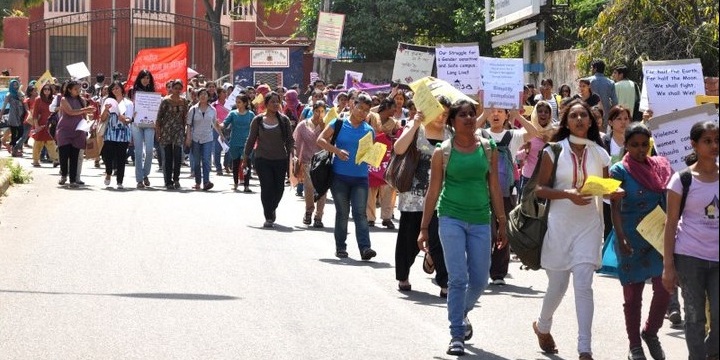

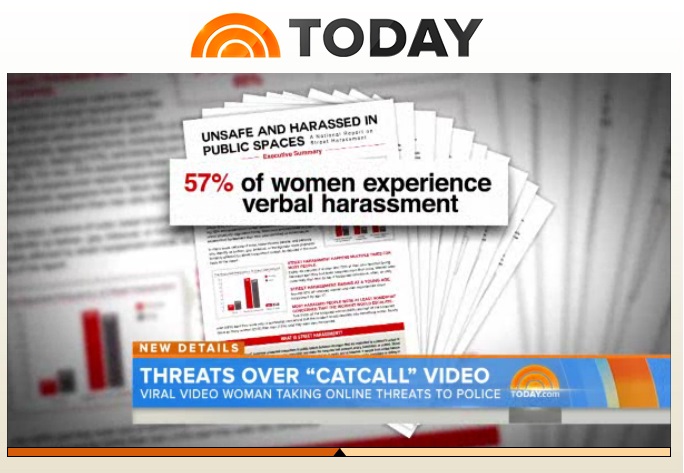 One way to measure SSH’s impact is to look at the number of news articles citing SSH’s research and work – and that number is
One way to measure SSH’s impact is to look at the number of news articles citing SSH’s research and work – and that number is 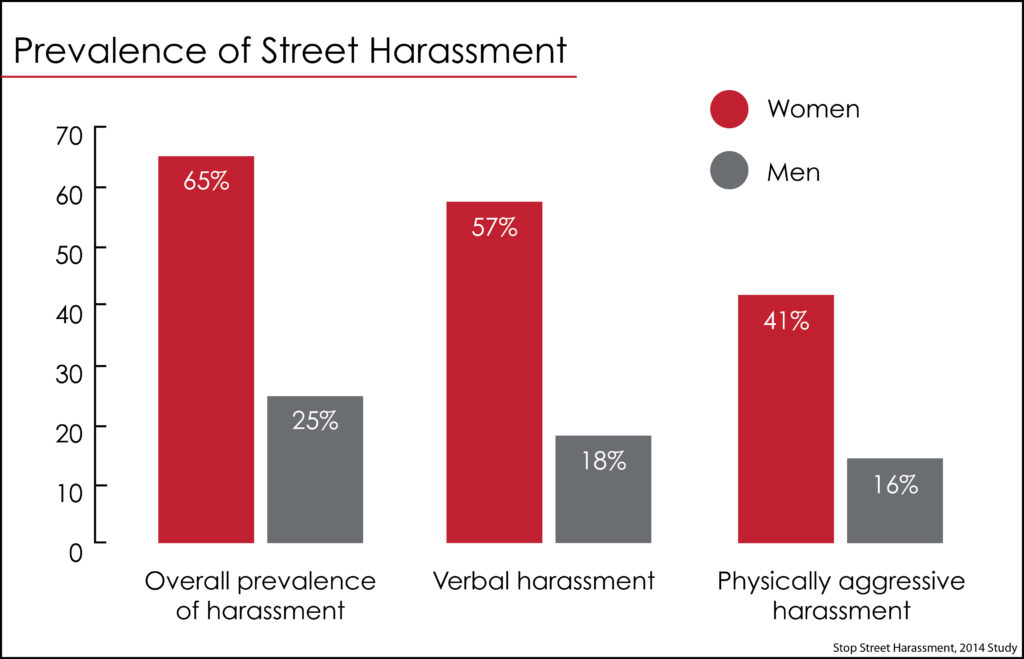
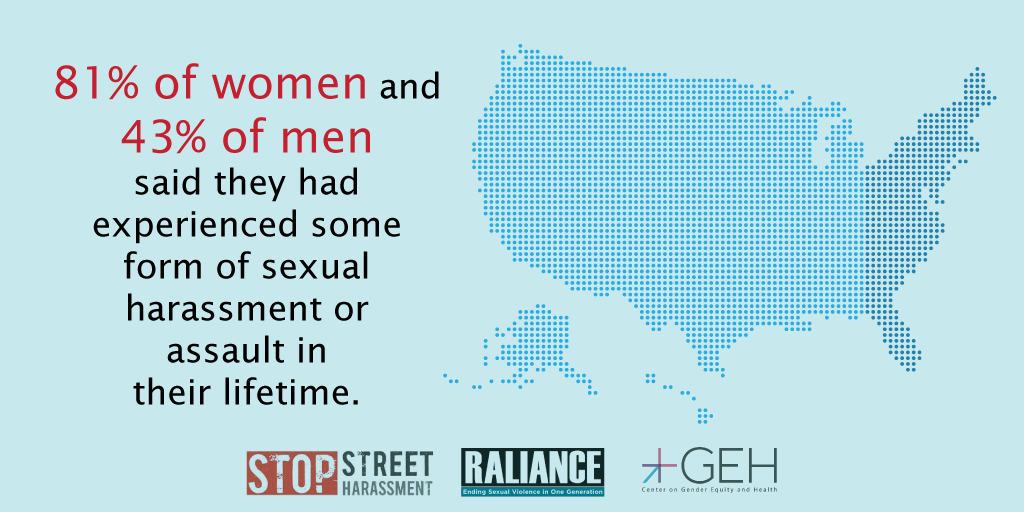
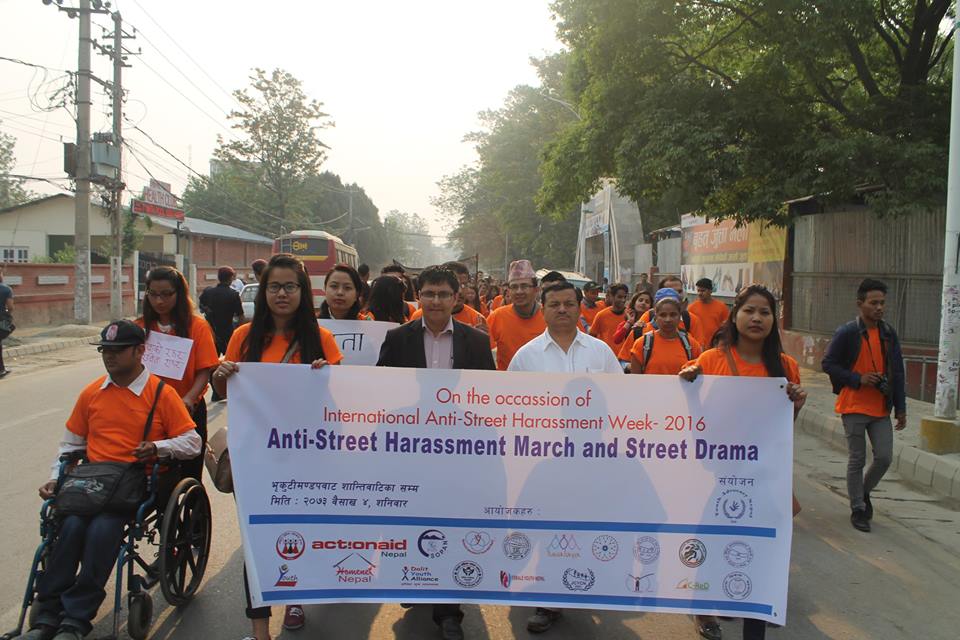
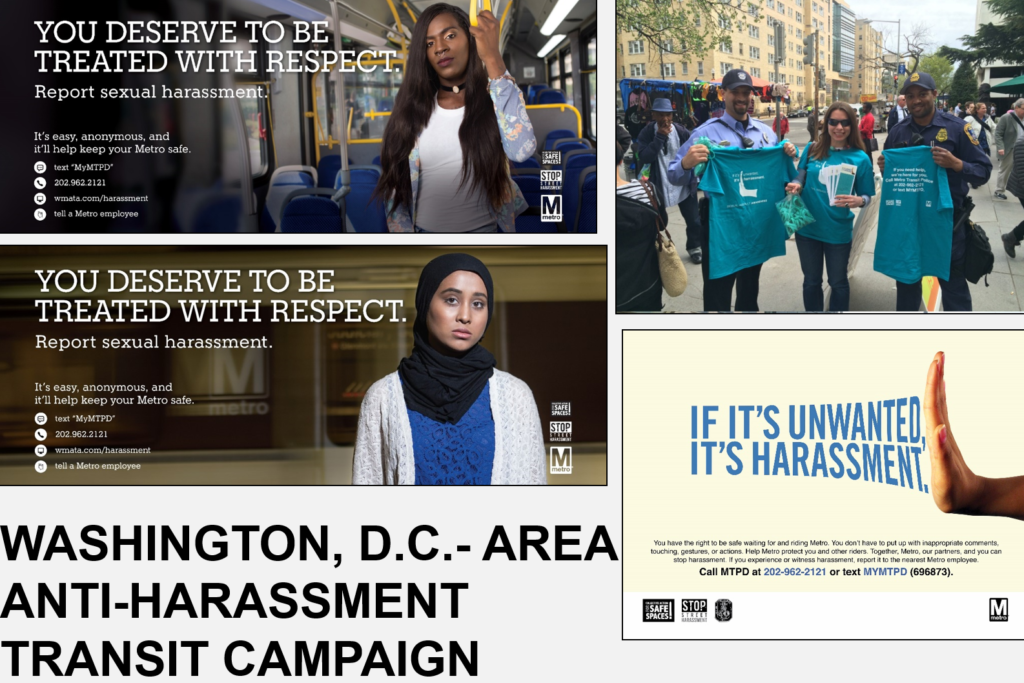
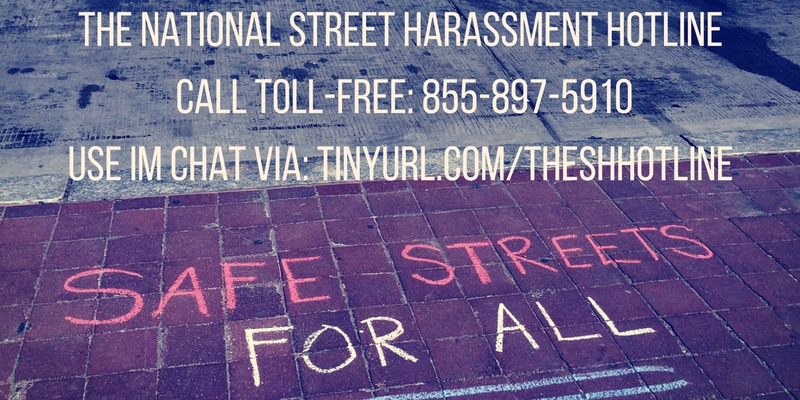
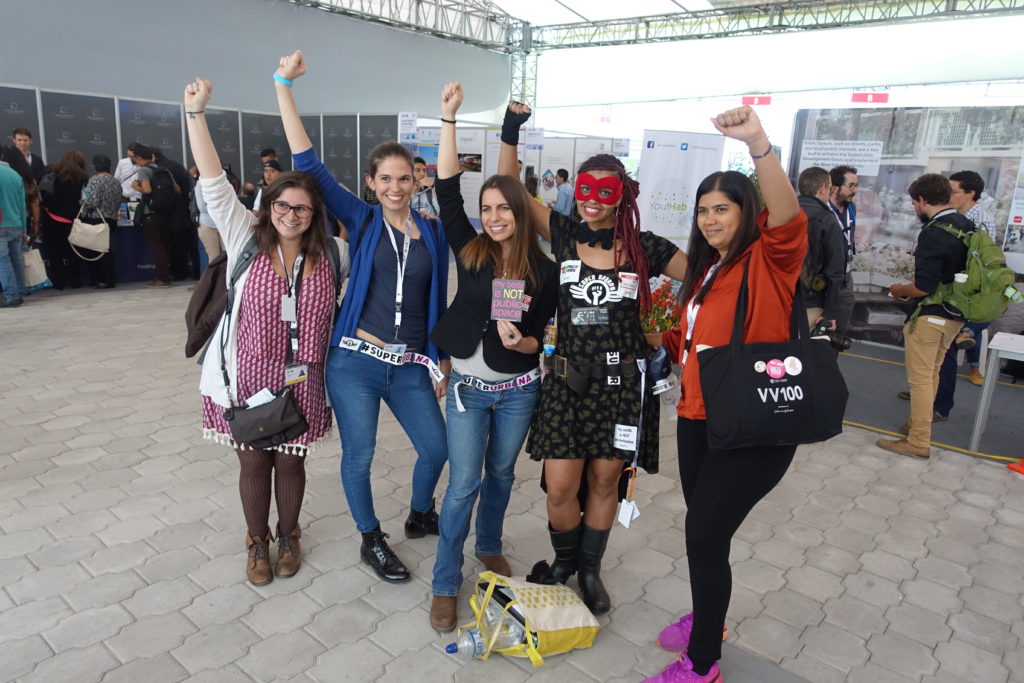
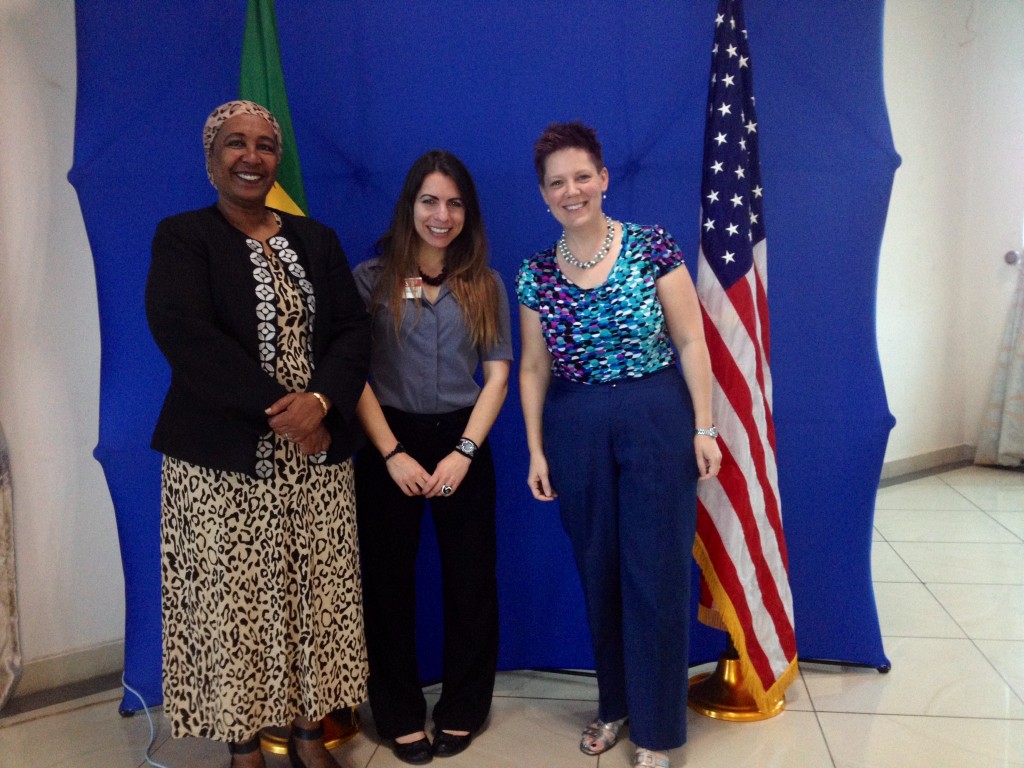
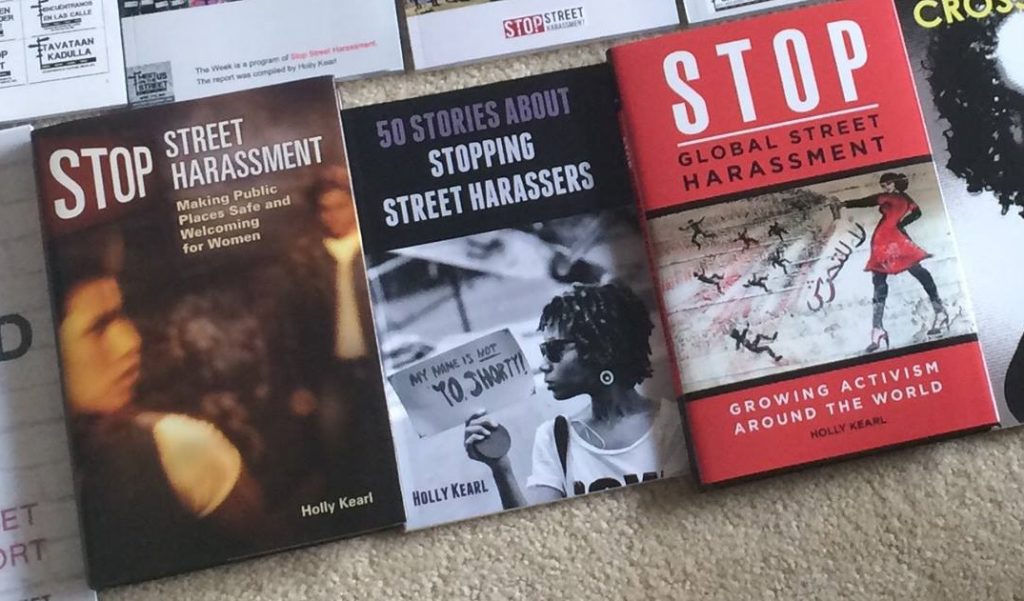
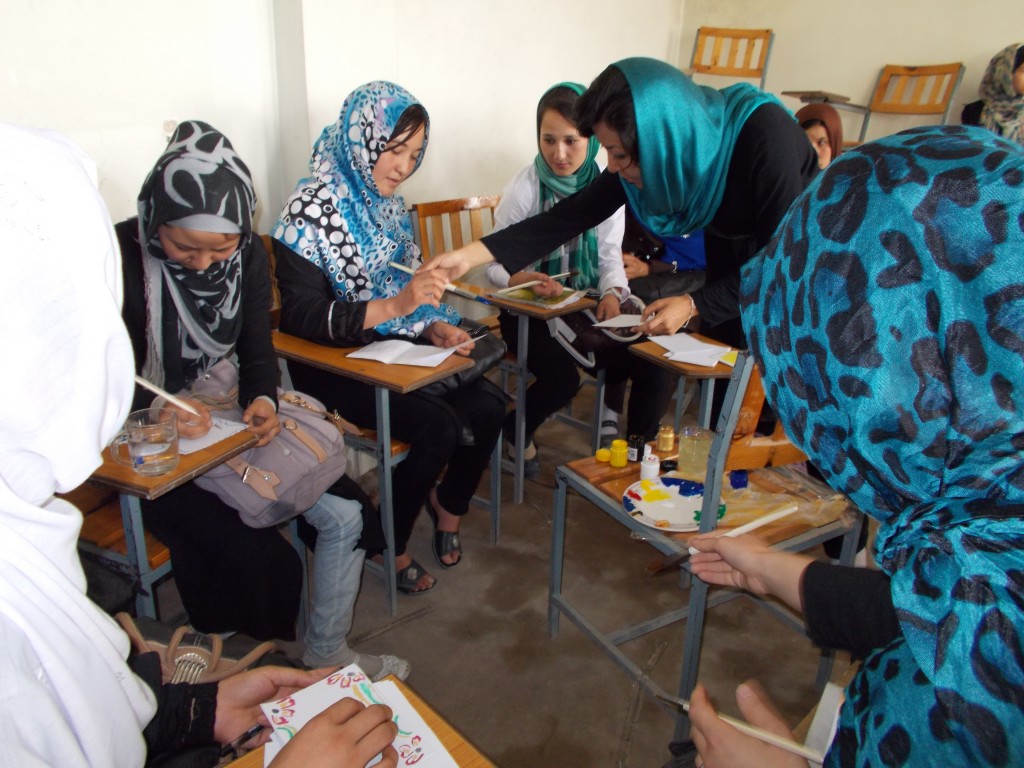

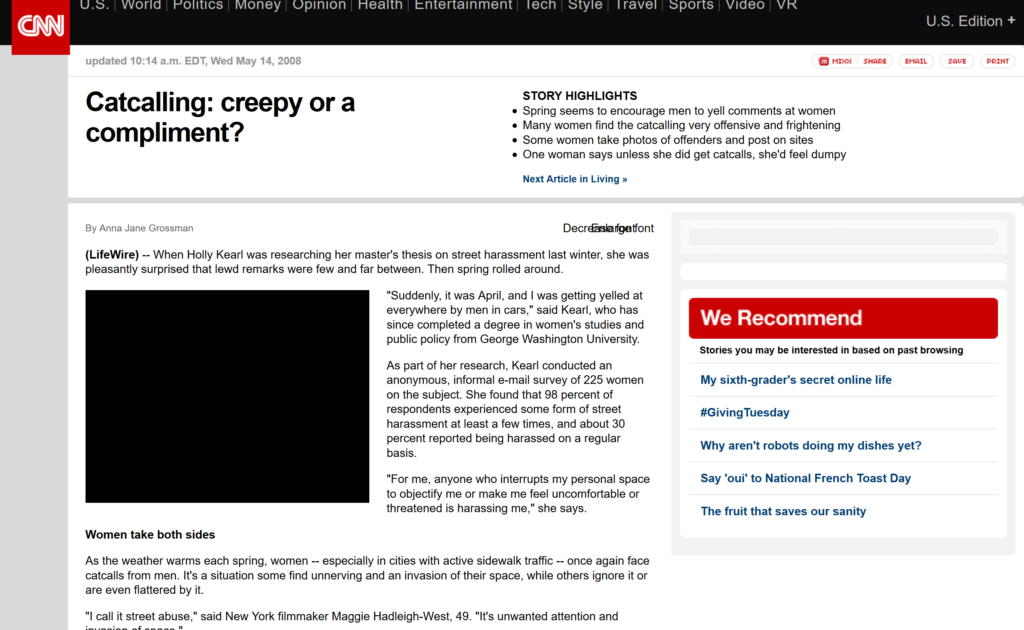
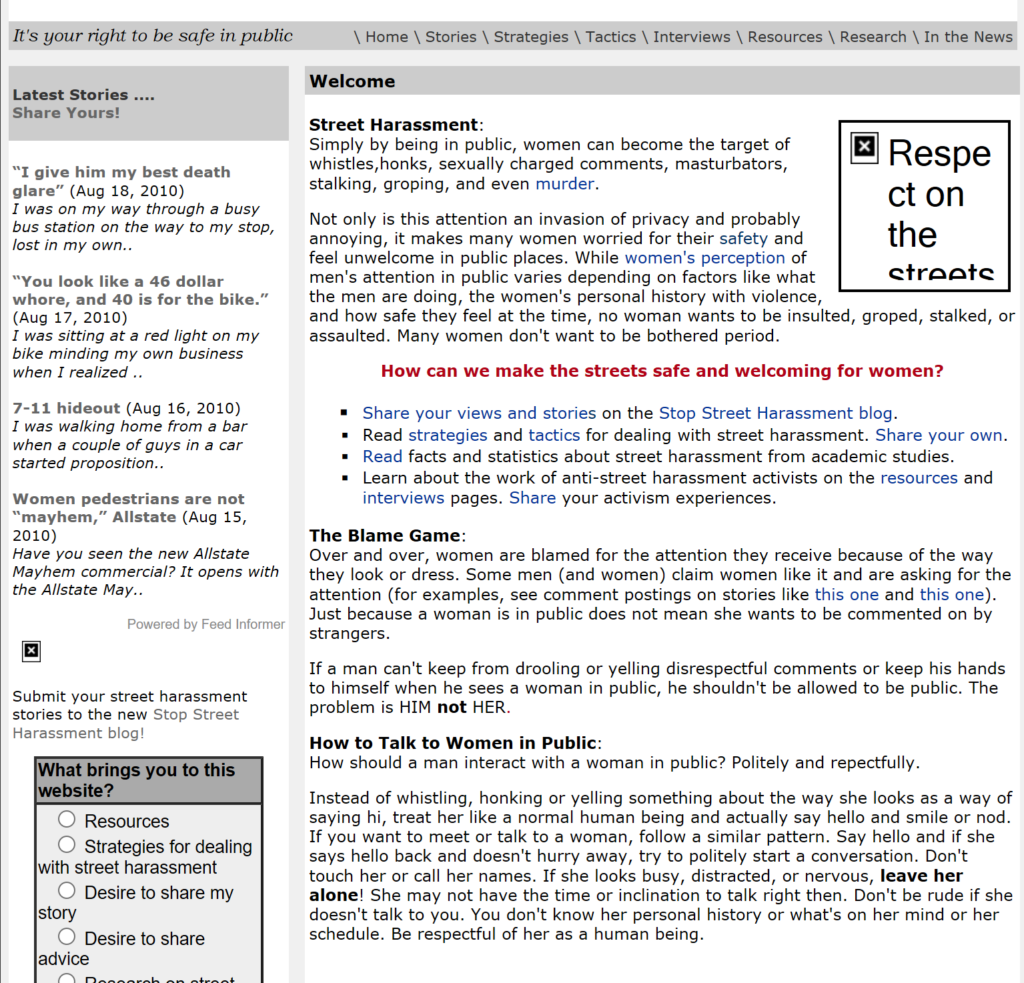 SSH began as a website that listed resources about street harassment and there was a companion blog where people could share their stories (I combined the website and blog during a 2011 website redesign). After a few months, I also began to write blog posts tracking relevant news and initiatives globally. I regularly searched online for new initiatives and conducted interviews with the people running them (after a few years, there were so many of these efforts that I could no longer keep up with them!).
SSH began as a website that listed resources about street harassment and there was a companion blog where people could share their stories (I combined the website and blog during a 2011 website redesign). After a few months, I also began to write blog posts tracking relevant news and initiatives globally. I regularly searched online for new initiatives and conducted interviews with the people running them (after a few years, there were so many of these efforts that I could no longer keep up with them!).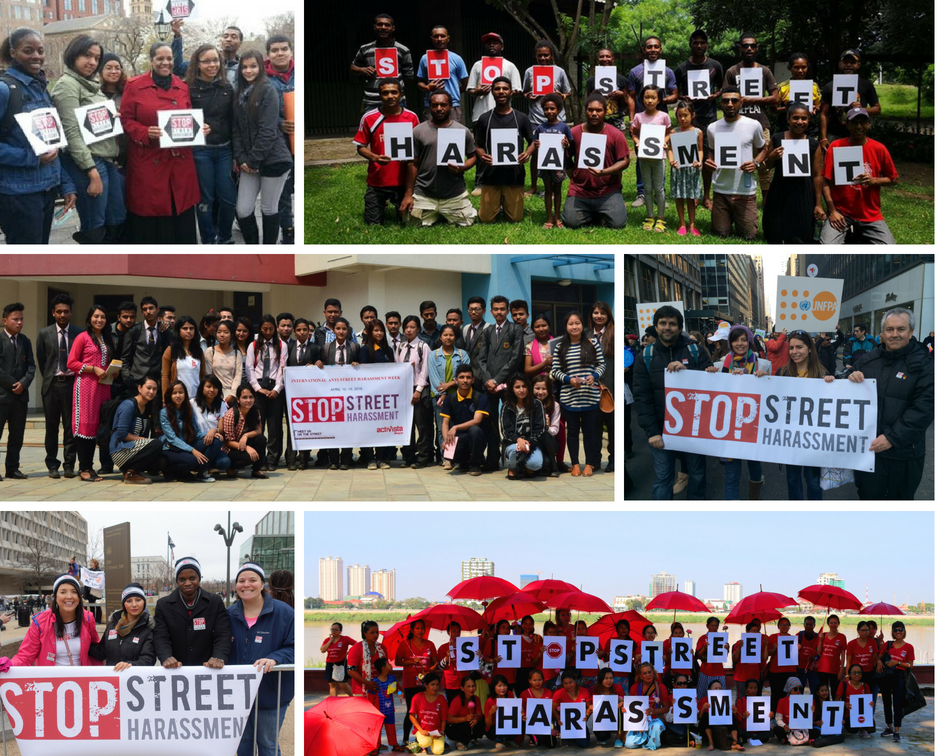 There is still a lot of work left to do, but I feel pleased with what has changed in 10 years.
There is still a lot of work left to do, but I feel pleased with what has changed in 10 years.